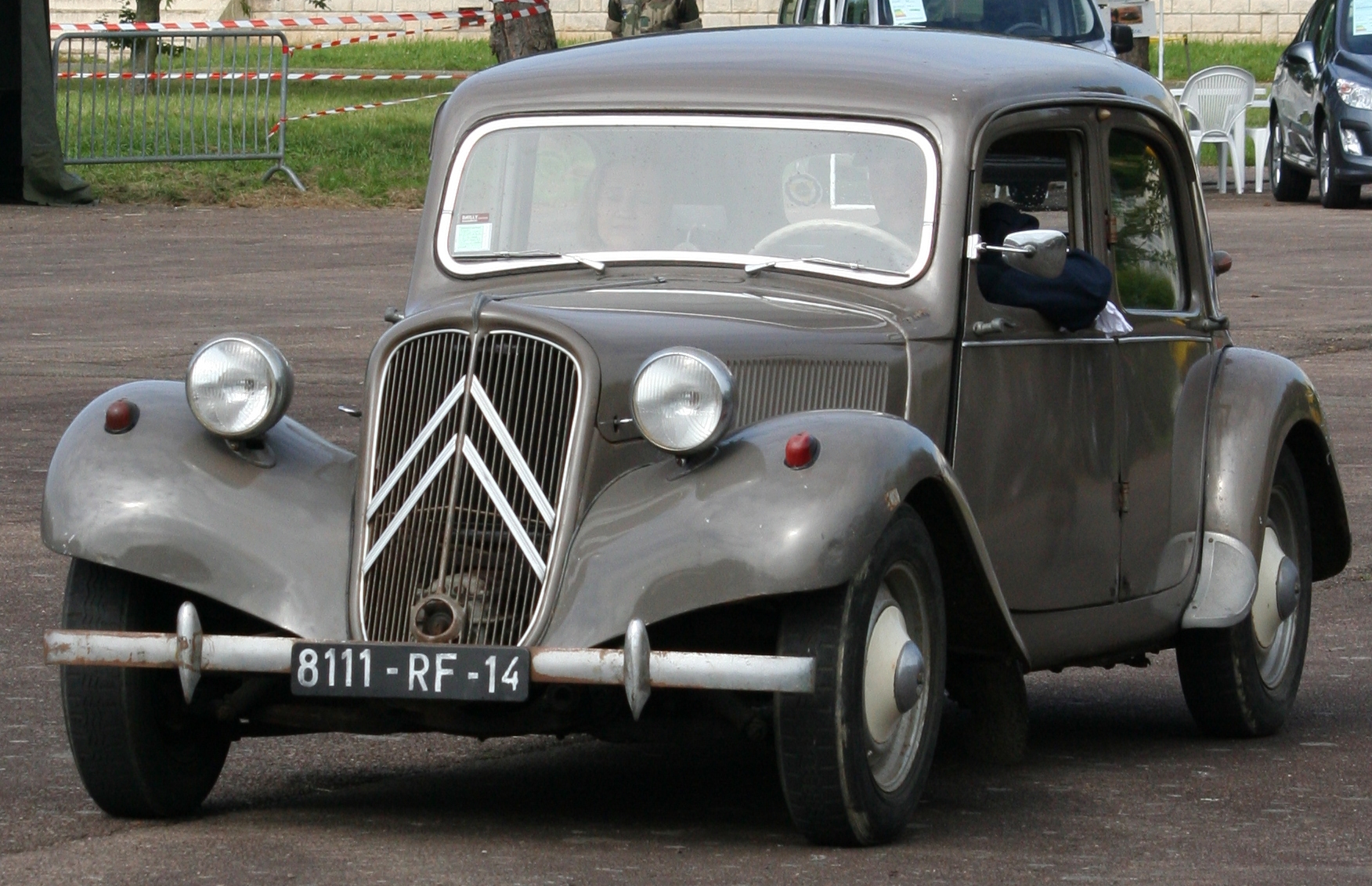|
Na Rozdrożu Square
The Crossroads Square (Polish: ''Plac Na Rozdrożu'') is an urban square in Warsaw, Poland. It is located in the district of Downtown, at the crossing of Koszykowa Street, Szucha Avenue, People's Army Avenue, Ujazdów Avenue, and Wyzwolenia Avenue. It was built in 1768. History The Crossroads Square was built in 1768, as part of the Stanisław Axis, which included creation of several ubran squares connected with roads, with the main road centred on the Ujazdów Castle. It was designed by August Fryderyk Moszyński. The Crossroads Square was placed at the crossing of Royal Route and the Wolska Road (now Wyzwolenia Avenue and Nowowiejska Street respectively). From it branched off four avenues, of which three survive to the modern day. They are: Koszykowa Street, Szucha Avenue, and Wyzwolenia Avenue. In 1894, next to the square, at 12 Ujazdów Avenue was opened the Russian Orthodox Church of the Archangel Michael, which mainly served Russian soldiers and civilians ... [...More Info...] [...Related Items...] OR: [Wikipedia] [Google] [Baidu] |
Warsaw
Warsaw ( pl, Warszawa, ), officially the Capital City of Warsaw,, abbreviation: ''m.st. Warszawa'' is the capital and largest city of Poland. The metropolis stands on the River Vistula in east-central Poland, and its population is officially estimated at 1.86 million residents within a greater metropolitan area of 3.1 million residents, which makes Warsaw the 7th most-populous city in the European Union. The city area measures and comprises 18 districts, while the metropolitan area covers . Warsaw is an Alpha global city, a major cultural, political and economic hub, and the country's seat of government. Warsaw traces its origins to a small fishing town in Masovia. The city rose to prominence in the late 16th century, when Sigismund III decided to move the Polish capital and his royal court from Kraków. Warsaw served as the de facto capital of the Polish–Lithuanian Commonwealth until 1795, and subsequently as the seat of Napoleon's Duchy of Warsaw. Th ... [...More Info...] [...Related Items...] OR: [Wikipedia] [Google] [Baidu] |
Russian Orthodox Church
, native_name_lang = ru , image = Moscow July 2011-7a.jpg , imagewidth = , alt = , caption = Cathedral of Christ the Saviour in Moscow, Russia , abbreviation = ROC , type = , main_classification = Eastern Orthodox , orientation = Russian Orthodoxy , scripture = Elizabeth Bible (Church Slavonic language, Church Slavonic)Russian Synodal Bible, Synodal Bible (Russian language, Russian) , theology = Eastern Orthodox theology , polity = Episcopal polity, Episcopal , governance = Holy Synod of the Russian Orthodox Church , structure = Koinonia, Communion , leader_title = , leader_name = , leader_title1 = Primate , leader_name1 = Patriarch of Moscow and all Rus', Patriarch Patriarch Kirill of Moscow, Kirill of Moscow , leader_title2 = , leader_name2 = , leader_title3 = Bishops , leader_ ... [...More Info...] [...Related Items...] OR: [Wikipedia] [Google] [Baidu] |
Józef Piłsudski Monument, Warsaw
The Józef Piłsudski Monument in Warsaw was erected to honor Józef Piłsudski, a military leader, Marshal of Poland and one of the main figures responsible for Poland's regaining its independence. This tall, bronze and granite statue is located near Piłsudski's Square and the Hotel Europejski, at Tokarzewski-Karaszewicz Street. It bears the inscriptions "Józef Piłsudski" and "Marshal of Poland". Plans to raise the monument can be traced to 1990, when the president of Warsaw Stanisław Wyganowski endorsed the request of a group campaigning for the creation of a monument to Piłsudski. The monument, cast in the Polish Navy Shipyards, was unveiled on 14 August 1995, on the 75th anniversary of the Battle of Warsaw, which was commanded by Piłsudski. The unveiling was attended by the President of Poland, Lech Wałęsa, and Piłsudski's daughter, Jadwiga Piłsudska. The original plans called for the monument to be raised at Na Rozdrożu Square, but were later modified to site ... [...More Info...] [...Related Items...] OR: [Wikipedia] [Google] [Baidu] |
Baths Route
Bath may refer to: * Bathing, immersion in a fluid ** Bathtub, a large open container for water, in which a person may wash their body ** Public bathing, a public place where people bathe * Thermae, ancient Roman public bathing facilities Places * Bath, Somerset, a city and World Heritage Site in the south-west of England, UK ** Bath (UK Parliament constituency) * Bath, Barbados, a populated place * Bath, New Brunswick, Canada * Bath, Ontario, Canada * Bath, Jamaica, a town and mineral spring in Saint Thomas Parish, Jamaica * Bath, Netherlands * Bath Island, a neighbourhood in Saddar Town, Pakistan United States * Bath, California * Bath, Georgia * Bath, Illinois * Bath, Indiana * Bath, Kentucky * Bath County, Kentucky * Bath, Maine ** Bath Iron Works, in the above city * Bath, Michigan * Bath, New Hampshire * Bath, New York, a town ** Bath (village), New York, village within the town of Bath * Bath, North Carolina ** Bath Historic District (Bath, North Carolina) * Bath ... [...More Info...] [...Related Items...] OR: [Wikipedia] [Google] [Baidu] |
Plac Na Rozdrożu Na Poczatku Lata 70 , a village in north-eastern Poland
*
*
{{dab, geo ...
Plac may refer to: * Pro-Life Amendment Campaign (PLAC), anti-abortion campaigners in Ireland, 1983 * Plač, village in northeastern Slovenia * ''Plac'', Polish for town square, see List of city squares#Poland See also * Klonownica-Plac, a village in eastern Poland * Kotowo-Plac Kotowo-Plac is a village in the administrative district of Gmina Jedwabne, within Łomża County, Podlaskie Voivodeship Podlaskie Voivodeship or Podlasie Province ( pl, Województwo podlaskie, ) is a voivodeship (province) in northeastern Pol ... [...More Info...] [...Related Items...] OR: [Wikipedia] [Google] [Baidu] |
|

